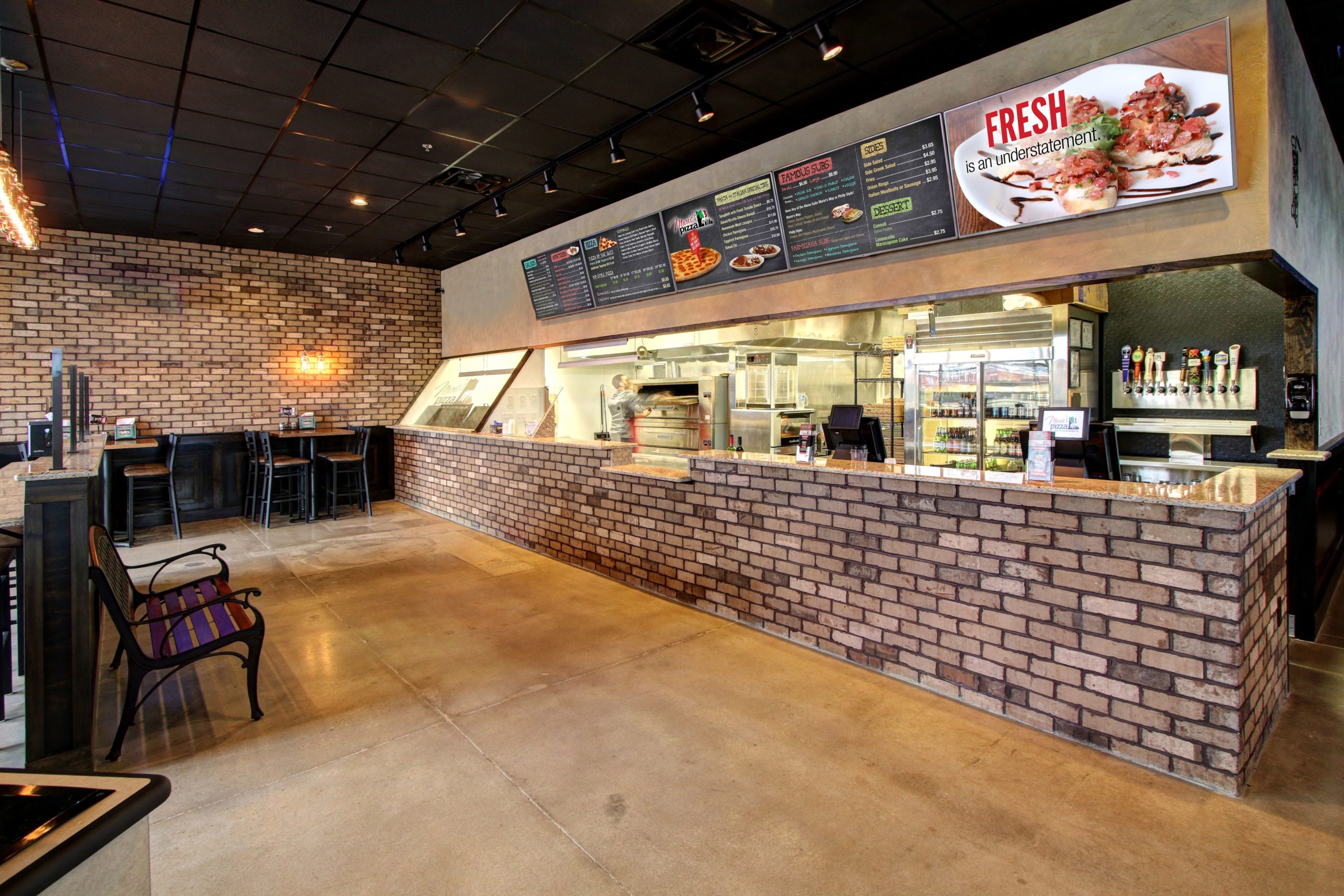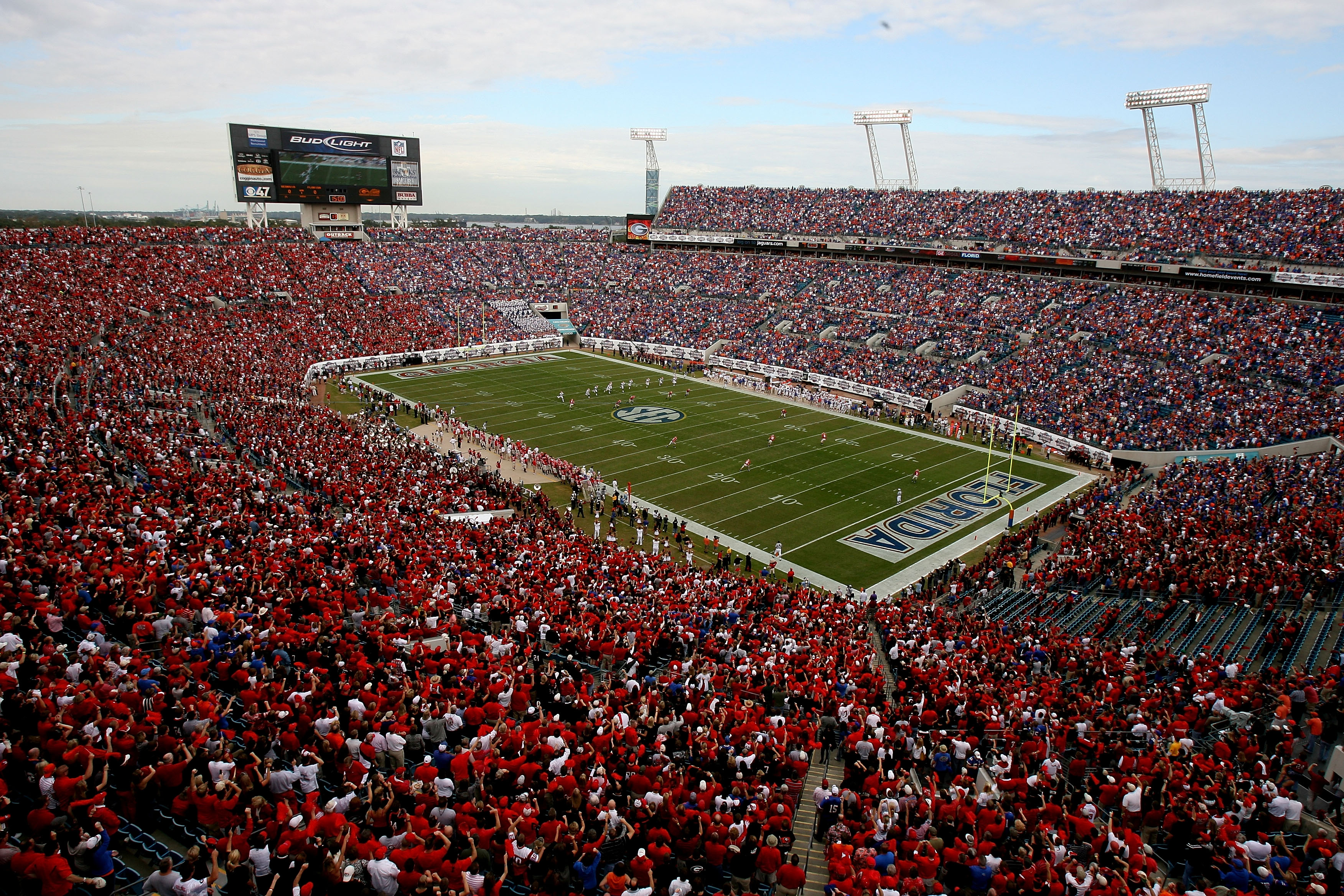Top takeout near me? Forget endless scrolling and indecisive hunger pangs! This isn’t just about finding food; it’s about discovering culinary adventures right on your doorstep. We’ll unveil the secrets to finding the perfect takeout, considering everything from your craving for spicy Thai to a budget-friendly pizza night, and ensuring your dietary needs are met with delicious precision. We’ll navigate the digital landscape of online reviews and restaurant databases to pinpoint the top contenders, all while factoring in speed, ratings, and those all-important price points.
Imagine a world where your next delicious meal is just a click away, perfectly tailored to your desires. This guide dives deep into the data, the algorithms, and the human element behind finding the best takeout options in your area. We’ll explore the technology that powers the search, the methods used to rank restaurants accurately, and how we handle the inevitable hiccups like restaurant closures or menu changes.
Get ready to transform your takeout experience!
Understanding the “Top Takeout Near Me” Search
The phrase “top takeout near me” reveals a user’s immediate need for convenient and high-quality food delivery. This seemingly simple query masks a variety of underlying desires and considerations. Understanding these nuances is crucial for providing a truly helpful and relevant search experience.
User Needs and Influencing Factors
Users searching for “top takeout near me” have diverse needs. Some prioritize speed and convenience, seeking the quickest delivery option. Others focus on specific cuisines, craving a particular type of food. Price sensitivity is another key factor; some users are looking for budget-friendly options, while others are willing to pay more for higher quality. Dietary restrictions, such as vegetarian, vegan, or gluten-free diets, also significantly influence their choices.
Location accuracy is paramount; a user wants results reflecting restaurants within a reasonable delivery radius.
Data Sources for Top Takeout Identification, Top takeout near me
Gathering accurate and comprehensive data on local restaurants requires a multi-faceted approach. Leveraging various data sources is essential to provide a complete and unbiased picture.
- Online Review Platforms: Sites like Yelp, Google Reviews, and TripAdvisor offer valuable user reviews, ratings, and restaurant information. However, these platforms can be susceptible to biases, both positive and negative (e.g., incentivized reviews or disgruntled customers).
- Restaurant Directories: Directories like Zomato, Uber Eats, and DoorDash provide comprehensive listings of restaurants, including menus, pricing, and delivery options. Data consistency can be an issue, as information may not always be up-to-date.
- Social Media: Platforms like Instagram and Facebook can offer insights into restaurant popularity and customer sentiment through posts, reviews, and photos. However, this data is less structured and requires more sophisticated analysis.
Data cleaning involves verifying information across multiple sources, handling missing data, and removing outliers or inconsistencies to ensure data accuracy and relevance. This process significantly improves the reliability of the final ranking.
Ranking and Presenting Takeout Options
Developing a robust ranking system requires a balanced approach, considering various factors to reflect user preferences accurately.
Ranking System and Data Presentation
A comprehensive ranking system should incorporate average rating, the number of reviews (to account for sample size), average delivery time, cuisine type, and price range. Weighting these factors allows for customization based on user preferences. For instance, a user prioritizing speed might weigh delivery time more heavily than average rating.
| Restaurant Name | Cuisine | Rating | Delivery Time (min) |
|---|---|---|---|
| Pizza Paradise | Italian | 4.5 | 30 |
| Spice Fusion | Indian | 4.2 | 45 |
| Sushi Sensations | Japanese | 4.8 | 25 |
| Burger Bliss | American | 4.0 | 35 |
The table above demonstrates a clear and concise way to present key information. Responsive design ensures optimal readability across different devices. Additional details like price range or specific dietary options can be easily incorporated.
Visualizing Restaurant Data
Visual representations significantly enhance user understanding and engagement. They provide a quick overview of restaurant options and allow users to easily compare different choices.
Visual Representation Methods
A map displaying restaurant locations with markers representing ratings (size and color indicating rating) would provide a clear visual overview of options near the user’s location. A color-coded bar chart comparing average ratings across different cuisines would allow users to quickly identify highly-rated restaurants within their preferred cuisine type. Larger marker size on the map could also represent the number of reviews, providing additional context.
Discover more by delving into does trugreen drug testbrady tx craigslist further.
Using a consistent color scheme and clear legends enhances data interpretation.
Addressing User-Specific Needs
Providing tailored results based on user preferences is crucial for a positive user experience. Filtering and sorting options are key to this personalization.
Filtering and Sorting Options

Implementing filters for dietary restrictions (vegetarian, vegan, gluten-free) allows users to easily find restaurants that cater to their specific needs. Price filtering options (e.g., $, $$, $$$) enable users to refine results based on their budget. Displaying restaurant hours and delivery availability ensures users only see options currently open and offering delivery services.
Handling Edge Cases and Errors
Maintaining accuracy and reliability requires proactive strategies to handle data inconsistencies and unexpected events.
Error Handling and Feedback Mechanisms
Restaurant closures, menu changes, and inaccurate information are potential challenges. Regular data updates from multiple sources help mitigate these issues. Implementing a feedback mechanism allows users to report inaccuracies, enabling timely corrections. A system to flag restaurants with inconsistent or missing data ensures users are not presented with unreliable information. Regular audits and comparisons across data sources are crucial for maintaining data integrity.
So, the next time hunger strikes, remember the power of informed choice. Armed with this knowledge, you’re no longer just ordering takeout; you’re embarking on a curated culinary journey, tailored precisely to your taste, budget, and location. Let the delightful aromas and satisfying flavors guide you – happy ordering!



